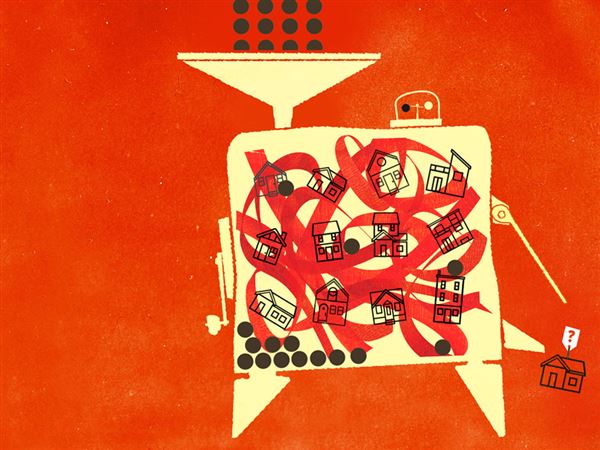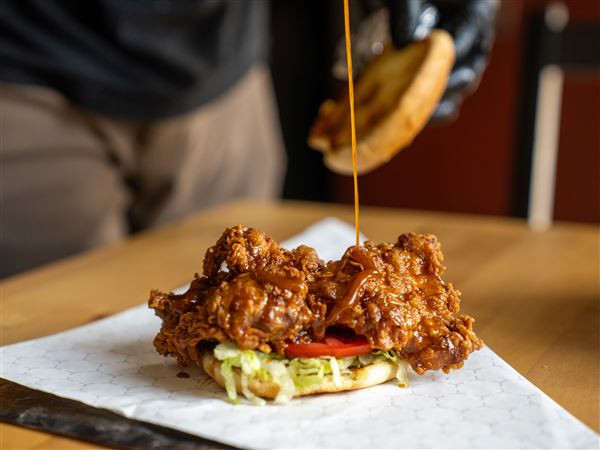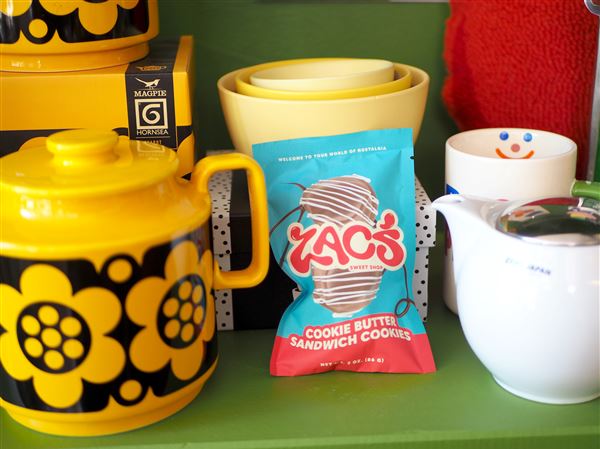AFTER his stroke several years ago, my husband, Paul West, lived in the hospital rehabilitation unit for weeks, relearning the everyday feats we take for granted. How to swallow food, sit in a chair, steer a spoon, comb his hair. By far the toughest to relearn was language. To his shock and horror, he -- a novelist -- no longer knew how to speak, read, write or understand anything anyone said. Arduous work with physical therapists brought back some balance and dexterity. Then a few words returned to Paul helter-skelter, including one, usually slurred, that he sometimes uttered as a plea and often as a demand: "Home!"
Home, from an Indo-European word that also gave rise to the word haunt. Paul desperately wanted to haunt his old life again. It is a common plea of nursing home and hospital patients, who long for their homes, fragrant with healthy memories.
The urge to flee a hospital isn't hard to fathom. Stay in one long enough and it can jar your circadian rhythms. Only two times of day descend on a hospital: the starkest noon or a disturbed, disassembled night, all of it punctuated by medical and rehabilitative dramas.
"Let me see you walk on your own again," Paul's therapist said once, stepping back just far enough to give him room, but close enough to grab him if he fell.
Walk he did, grumbling all the while, and listing to the side whenever he glared over his shoulder at her.
"Is that the meanest look you've got?" she asked. Then she added, good-naturedly: "You're certainly improving."
And yes, Paul did improve, slowly relearning basic tasks. Until, finally, after nearly six weeks, it was time for us to leave, and for Paul to get his wish: home.
For me, leaving the fluorescent dreamtime of the hospital felt like returning from a distant planet. For Paul, leaving felt like waking from a coma -- he was released into a world of light, sound, movement and color. Miraculously, his world suddenly had an outdoors.
Our home, in Ithaca, N.Y., is a sprawling one-story house right at the end of a cul-de-sac, on a parcel of wooded land frequented by deer and skunks, groundhogs and raccoons, rabbits and chipmunks, and a host of squirrels. It's also a tabernacle for birds. On the July day we arrived home, six brilliant yellow goldfinches were bickering over the best roost at a finch feeder hanging from a rickety trellis in the kitchen courtyard. A squirrel hurled itself from the rooftop onto the feeder, caroming off but scattering seeds in the process (which was the whole point). This was a very familiar if lunatic sight, but one Paul hadn't seen for a month and a half. Peak garden season, the roses were in full riotous bloom, the smoke bush was smoking pink, ornamental grasses were waving tall stalks, and Paul wore the expression of a pilgrim landing ashore after a long voyage.
But he was trapped in the car, and I struggled to help him figure out how to climb free, an act once ingrained, now forgotten. What was the exact sequence of planting one foot, then the other, pushing off, grabbing hold with one hand (where? what?). Awkwardly, in stages, he emerged at last, like a creature extricating itself from a form-fitting shell. Next, he had to negotiate the small step into the house, which he'd taken on his own for decades. I watched the look of ecstasy on his face as he stepped over the threshold. For him, being home shimmered with the joy of feeling the fresh air, sleeping in his own bed, waking to familiar surroundings.
That day, our house smelled the way old houses do in July, when a certain steaminess invades the carpets and any breeze ushers in just enough of an aroma to give the air the barely noticeable tang of summer. Shafts of summer sun filtered in and the pastel walls glimmered with a soft summer light. Wandering unsteadily from room to room, Paul seemed a stranger to the locale, as if visiting places only seen in photographs. Things that had grown stale from familiarity now drew his attention. In the living room: the colorful collection of Hopi kachina dolls, the heavy beanbag rabbit bookends we'd named Bertram and Bibulous, the inflatable cheetah from the Warsaw Zoo standing next to the five-foot-tall sprawling hibiscus tree we always decorated for the holidays. In his cork-lined office, he found all his tools and toys just where he had left them.
Slowly, imperceptibly, a house becomes an extension of oneself, and ours was no exception. Our studies offered good insight into our essential natures. Paul's was a pack rat's haven: balsa airplanes; eight pairs of cheap, dusty sunglasses (all aviator style); a windup miniature skull; a plastic six-shooter; his father's World War I medals, framed; a do-it-yourself Egyptian mummymaking kit; a Cockney rhyming dictionary; a never-used soap lion; and tall heaps of books and papers -- all the curious accumulata of a bustling novelist's life. One needed a guide dog and a map to navigate the room. Possibly it reminded him, an Englishman, of the craggy moors.
In the cork-lined alcove where he wrote, there were no windows to usher in the outside world, no daylight. "I don't need nature," he once told me. "I can create it." He never touched a computer. On an old blue-and-gray Smith Corona -- a classic, leaden typewriter with long strike arms, noisy carriage and well-worn, begrimed keys -- he furnished one fictive world after another and inhabited them with a cavalcade of engagingly kooky people, producing dozens of books during our years together.
My study, on the other hand, was all windows festooned with bright floral drapery. Stained-glass magnolias framed a bay window, beyond which a large old real magnolia swelled. A tall curiosity cabinet of shelves held pottery "storyteller" dolls from American Indian pueblos; a miniature Frank Lloyd Wright window; carved jade monkeys and flowers that I had inherited from my mother; and a mannequin hand, whose pose I often changed. A computer with a large sleek monitor presided over the desk, and newspaper and magazine clippings filled the wooden filing cabinets and overflowing three-ring binders that I affectionately call my "portable universe," a repository of things I found fascinating. The walls had been painted the yellow of spring light in the forest, and Oriental area rugs softened an oatmeal-colored wooden floor. Photos of monk seals, bats and other endangered animals I'd worked with graced the walls.
In his study on the day we returned, Paul smiled and turned slowly, pausing four times like a compass needle. For Paul, true home (like true north) was once his English childhood village of Eckington, where he could be shielded by his mother's benevolent arms. Home was where he directed miniature armies and hid from terrifying dangers he couldn't picture or name. Gradually, over the years, as his domestic compass shifted, true home became this quirky house where he imagined people for his novels, found sanctuary and now felt shielded by my arms.
An entomologist built the house in the 1950s, with a sloping roof that shut out the high summer sun but allowed the lower winter sun in. Picture windows seemed to bring the entire backyard -- trees, grass and an old pale pool -- into the living room. Long ago, amid a marathon of house-hunting, as Paul had sat on the hearth and studied the sloping ceiling, he had a premonition; this was the house in which we would spend our lives. And so we have, traveling to teach or explore, but always returning to our little fiefdom.
Paul faced many months of rehabilitation, and several years of speech therapy, before he would be able to speak and write again. But on that July day, his face seemed to say that -- whatever else fate might impose on him -- at least his world had a home again. The pool was open, the sun hot. After we passed through the house, I guided him onto the back porch. He sat in an armchair in the sun, tilted his head skyward and closed his eyes.
Diane Ackerman's most recent book is "One Hundred Names for Love: A Stroke, a Marriage and the Language of Healing."








